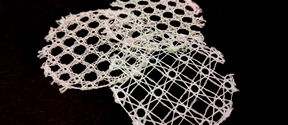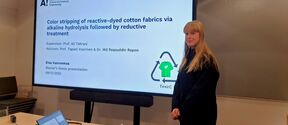Aalto University Innovation Services
Aalto Innovation Services manages the commercialization of inventions at Aalto University.
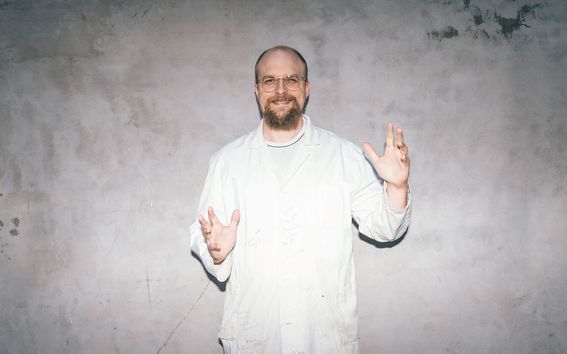
When Juho Uzkurt Kaljunen started studying environmental management at Aalto University in 2012, he wasn’t interested in entrepreneurship at all.
‘I was a bit of a hippie. I arrived at the university barefoot, wearing loose clothes. I wanted to do something technical, and solving environmental problems through technology was an ethically appealing idea,’ recalls Kaljunen.
Now, with a doctorate in engineering, he is the CEO and a partner in the newly founded NPHarvest, which is developing technology to recover nutrients from wastewater. An Aalto spin-off, the company has just raised an impressive €2.2 million in funding from venture capitalists and the Ministry of the Environment.
Kaljunen’s change in direction arose from a change in his original curriculum. In 2016, he ended up writing his thesis for the NPHarvest project, supported by the Ministry of the Environment, on the topic of nutrient recovery. When the thesis was done, the project had a vacancy for a doctoral researcher. Uzkurt Kaljunen applied for the position and got it.
‘The further the thesis and technology progressed, the more obvious it became that this had commercial potential. But I had to psych myself up because I thought being an entrepreneur would be terribly boring. For me, the startup is a tool to improve the nutrient cycle.’
NPHarvest’s innovation uses a two-step process to recover nitrogen and phosphorus from wastewater, replacing mineral fertilizers. ‘The technology we’re developing is different from what’s currently available. It’s tailored for wastewater treatment in locations where waste heat isn’t available, which is often the case in Finland. The process is passive and more cost-effective than existing approaches.’
During Kaljunen’s dissertation, the technology was developed under laboratory conditions using ‘equipment the size of a milk carton’. The lab is located in Otaniemi, Espoo, in the same building as the Fat Lizard restaurant, and the research made use of urine collected from the restaurant’s urinals.
‘Urine is almost too suitable for nutrient recovery because it is much cleaner than the water going to sewage treatment plants, which is available on a much larger scale.’
The realisation that if he didn’t do it himself, the innovation would remain at the academic level was a factor in Kaljunen’s decision to become an entrepreneur. Another factor was the support from Aalto University.
‘The Aalto Ventures Program, an entrepreneurship education programme at Aalto University, guides you through the process of founding a startup and also gives you a concrete idea of what startup life is like. And the Aalto Startup Center business incubator and innovation services have helped with practical matters, like when I needed to submit a patent application.’
Aalto was also involved in supporting NPHarvest when it applied for Research-to-Business (R2B) funding from Business Finland to commercialise its innovation. The second round of applications, in 2022, was successful.
The commercial model is based on the fact that the customer, such as a biogas plant producing biogas from waste, has to pay a treatment plant to treat the wastewater. Pretreatment with NPHarvest significantly reduces this cost by lowering the nutrient load. In addition, part of the revenue is generated from the nutrients recovered in the recycling process.
‘Nutrient recycling reduces the environmental footprint and replaces mineral fertilisers. Our product also seems to be better at absorbing nutrients and reducing leaching into water bodies.’
Along the way, the team has grown to three people. The new members are Federico Varalta and Burak Yirmibesoglu.
‘We're not all from Aalto, but we’re all engineers. Fede is the oldest of us and has the most experience in the startup world. Burak has ten years of experience in biogas and a lot of contacts.’
The R2B funding ran out in September 2023 when the company was set up, and the team had to look for external funding. Kaljunen was under the impression that raising finance was the most challenging part of starting a business.
‘It was difficult, but apparently not as difficult as for some others. It took us 6–8 months. In addition to the capital investment, we received a grant from the Ministry of the Environment, with the condition that we secure the same amount of funding from elsewhere.’
Kaljunen suspected that the transfer of intellectual property rights from Aalto University to the company would also be a difficult task. But that, too, went better than expected. ‘Aalto clearly wants to speed things up.’
In the end, the biggest challenge has been the constant time pressure. With only three team members, time is at a premium, and everyone’s hands are full. The aim is to recruit more people.
With the funding, NPHarvest will build pilot installations for potential customers and demonstrate that the technology works outside the laboratory. It remains to be seen whether the company will sell the equipment to customers or keep the equipment and sell the service.
‘Customers won’t believe our devices work and are scalable based on scientific publications alone. We are now designing a plant that is about ten times larger than the first pilot plant. Even that was quite big for academia.’

Aalto University has invested in a smoother process to promote technology transfer and commercialisation of innovations by research-based spin-off companies. NPHarvest is the first company to test the new commercialisation model, says Anu Honkalinna, the university's head of spinoff asset management.
‘Companies based on technological innovation are usually backed by years of research. When it starts to look like an innovation has commercial potential, a Research-to-Business project is often set up with support from Business Finland.’
R2B projects take around 18 months to get the technology ready for commercialisation and test whether there’s a market for it. This is the stage where the team's readiness to run the business is examined, and the elements of entrepreneurship are reviewed.
‘We have coaches who train the teams. We require plans for business, cap table, and financing. We also need information on intellectual property rights and a description of the team and its roles. The team needs to be technologically and commercially capable and financially secure,’ says Honkalinna.
If the situation looks favourable, the next step is to set up a company and transfer the technology from the university to the company. The law requires that public assets, such as university innovations, aren’t given away for free. This could give the start-up company an unjustified competitive advantage.
The new practice is that Aalto University will receive a 10.0%–19.9% stake in the start-up before other investors get involved.
‘Typically, it’s closer to 10 than 20 percent. When we negotiate the share, we look at what kind of patent portfolio the company has and compare the situation with other teams. We have created a basic contractual framework that allows us to complete the technology transfer in 30 days.’
Aalto’s profits from the shares will be shared with those who have been involved in creating the innovation. Professors, researchers, and the department in question can choose whether to keep a slice of the spin-off company’s shares or take an immediate reward.
‘We have different options for getting involved in a business. For example, a professor can participate as an inventor only, or as both an inventor and a part-time advisor to a company. Working full-time in a company requires a leave of absence.’
The new, more efficient commercialisation model has been designed to increase the number of spin-off companies, and it seems to be working. In the past, there were around five technology spin-offs per year. ‘Now it looks like more than 15 companies could spin off this year.’
Text: Heidi Hammarsten
Photos: Jaakko Kahilaniemi
This article has been published in the Aalto University Magazine issue 34 (issuu.com) September 2024.
Aalto University's public core funding from the Ministry of Education and Culture has decreased in real terms by more than one-third compared to 2010, when the university began its operations. As a society, we cannot afford to cut back on education and research.
To ensure groundbreaking research and bold, persistent innovators in the future, we must invest in both long-term fundamental research and targeted innovation efforts. Donate and you’ll invest in a future you can be proud of.
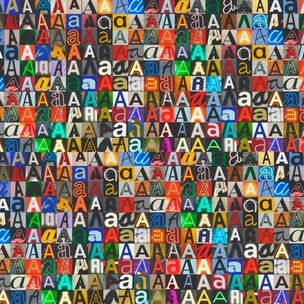
By donating specifically towards the advancement of entrepreneurship and innovations, you'll promote groundbreaking research, alike NPHarvest, such as the development of fog- and dirt-repellent surfaces, personalised cancer medication and 100 % bio-based, plastic-replacing bubble and foam packaging materials.
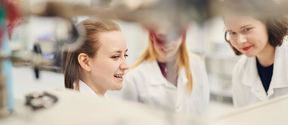
Aalto Innovation Services manages the commercialization of inventions at Aalto University.
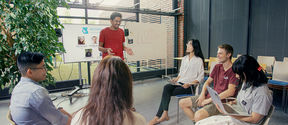
AVP was
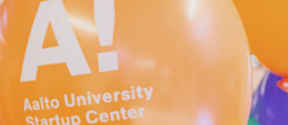
Aalto Startup Center is a hybrid accelerator participating and leading international incubator and accelerator programs.
University's government funding has decreased. We need your support. Make a donation for a sustainable future!

